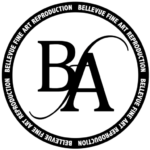Shipping
Whether it’s paintings or prints, it’s important to package your artwork correctly to prevent any damage during shipping. We help answer questions on how to ship artwork with proper materials so they get delivered to your destination safely. If you are looking to drop ship your prints with us, we explain costs, estimated shipping time, and how we ship your prints.
Sample Art Shipping Costs
These are a general approximation of our Shipping Charges, and will vary based on your location and the weight of the package:
- Shipping Tube (17″ – 24″): $15
- Mini Package (8×10 and smaller, ships via USPS Priority): $10
- Small Package (sample size 12x16x4): $15
- Medium Package (sample size 18x24x4): $20-$30
- Large Package (sample size 24x36x4): $30+
Yes, we drop ship. We do drop shipping for many of our regular clients. If you’re interested in having us do regular drop shipping for you, please contact us and we will setup a system that works with your work flow. We regularly ship for clients that sell their artwork on Etsy, Instagram, through Facebook and other online sites. We make our shipping and printing transparent to your customers and take the work out of shipping and fulfillment for our fine art print clients.
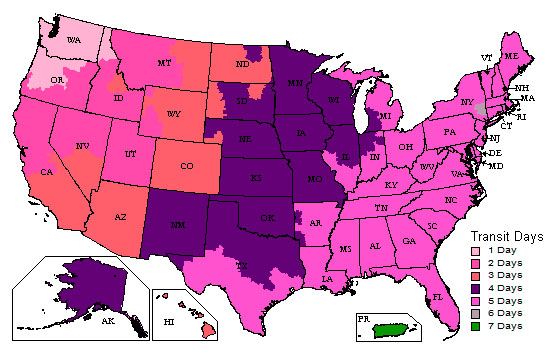
We use UPS Ground, or USPS Priority in most cases. UPS offers better tracking, whereas USPS (US Mail) is cheaper, and faster for orders on the East Coast of the US. All international orders are sent via USPS.
In the state of Washington, the package usually arrives in one or two days. Other locations may take longer. You will also be emailed tracking information, which includes a delivery estimate. Our daily shipping cutoff is about 12 PM. If your shipment misses the UPS/USPS pickup on a certain day, it will go out on the next business day.
These shipping times are in reference to transit time only, and don’t include production time. It takes us 3-5 Business Days to create and package your prints. We take a limited amount of Rush Projects (with additional Rush fees) on a case by case basis. You can also upgrade to a faster than Ground UPS Option, such as UPS two day, or overnight – we will calculate the cost based on the size and weight of the finished package.
Small items and stacks of multiple prints are shipped flat, and larger prints and un-stretched canvases are shipped in tubes. We base our shipping prices on UPS and USPS Rates, with a small surcharge for packaging materials. Most print orders are between $15-$25 to ship (including packaging) however large orders and finished canvases may be more. Our shipping charges are based on our costs. We do not make money on shipping, and for large orders we often lose a little money on shipping. If you are unhappy with shipping charges please understand we are only passing on our costs.
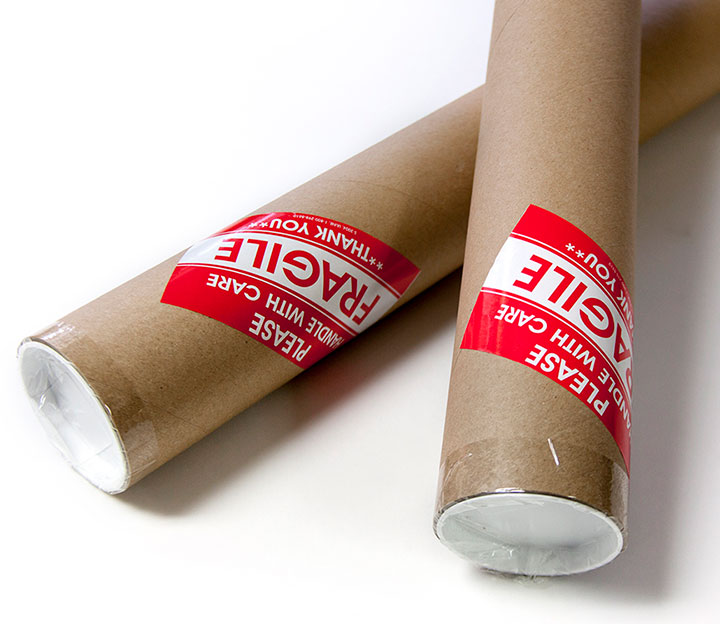
Small items and stacks of multiple prints are shipped flat, and larger prints and un-stretched canvases are shipped in tubes. We base our shipping prices on UPS and USPS Rates, with a small surcharge for packaging materials. Most print orders are between $15-$25 to ship (including packaging) however large orders and finished canvases may be more. Our shipping charges are based on our costs. We do not make money on shipping, and for large orders we often lose a little money on shipping. If you are unhappy with shipping charges please understand we are only passing on our costs.
How to Ship Original Artwork to Scan
Don’t be afraid to ship us your original artwork! Artists are understandably concerned about shipping their original art for scanning, but with proper packing, care and tracking, there’s nothing to be worried about. In today’s world we can track a package real time and know exactly where it’s at, eliminating some of the stress associated with shipping valuable artwork.
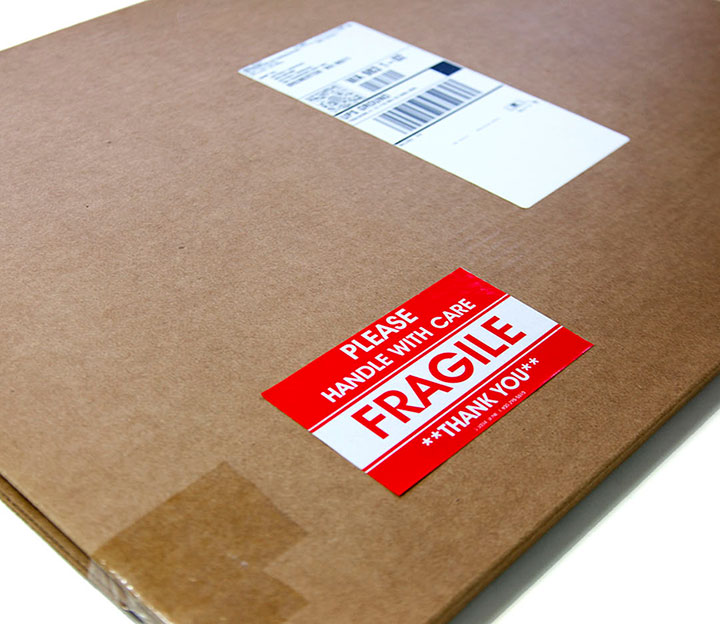
Original artwork should always be double boxed. In other words, a box within a box, usually with popcorn/newsprint/insulation between them. This way if a box is mishandled or dropped in shipping, the artwork is sufficiently protected. Always mark the outside of the box as fragile. Insulation foam-sheets (available at Home Improvement stores) makes for safe and inexpensive packaging filler. Cut the sheets down to the dimensions of your inside box, and use it to surround wrapped artwork. Thin pieces of plywood or underlayment are also very helpful in preventing damage.
For prints, we use cardboard boxes to sandwich the prints. This prevents the prints from bending during transportation. Depending on the carrier fragile stickers can only go so far, so we like to make sure the prints are extra protected if the boxes get tossed around.
Finally, use acid free paper, wax paper, tissue paper, or Glassine paper between pieces of artwork. Don’t stack originals on top of each other without something separating each one. Be careful to use materials that won’t stick to the artwork! For example, some types of paper can stick to varnish, so shiny oil or acrylic paintings should be separated with plastic, foam, or Glassine paper. Watercolor and drawings can be separated with acid free paper. DO NOT use bubble wrap directly on the surface of a painting! Without a barrier to protect the artwork, Bubble Wrap can very easily leave marks on the painting! In particular, bubble wrap has a chemical reaction with oil paint varnish and will often damage the varnish if it touches the painting directly.
Acid free paper is archival, meaning the paper will not deteriorate or brown over time. This is very important for the preservation of your prints and artwork in order to maintain their quality while it’s stored. You can find acid free tissue paper on ULINE and Amazon. Do not use regular tissue paper you use to wrap presents, as those are dyed with chemicals and made with wood pulp, and can damage your artwork over time.
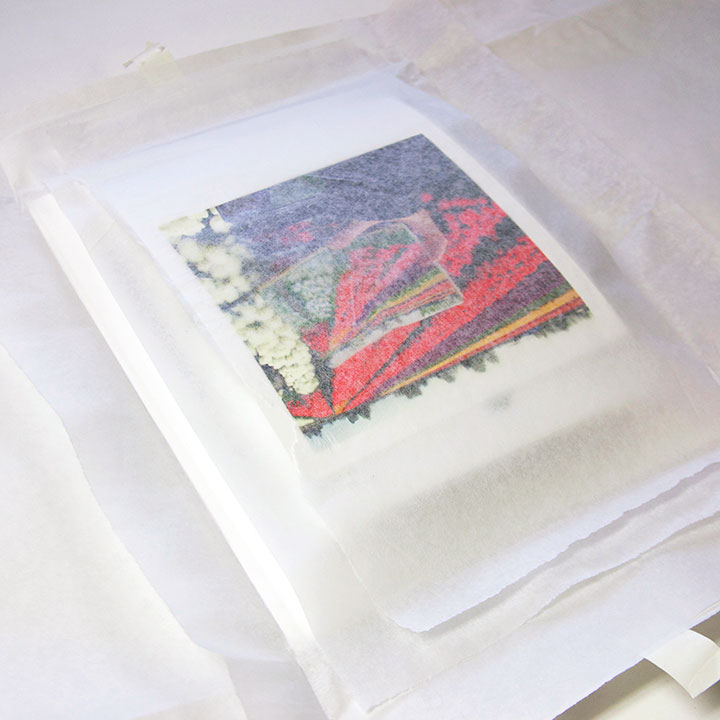
Framed artwork should have glass removed before shipping. Glass increases the chances of damage, and we need to remove the artwork from behind glass in order to scan it anyway. Some artists ship work to galleries with acrylic plexiglass instead of glass, which is much safer during shipping (but would still need to be removed for scanning).
For most smaller artwork, any shipping carrier works equally well. UPS, Fedex, or USPS Priority mail are all often comparably priced and can include insurance up to a certain value and tracking information. For larger crated artworks (above 150lbs) you may need to find a freight company instead. One method some artists have used is to ship directly through an airline (for example Alaska Airlines Cargo offers direct airport to airport shipping). However for this method the artwork needs to be dropped off and picked up at the airport, and does not include ground transportation. If this is a method you are considering please email us directly for a quote first, we would need to charge delivery rates for picking work up for you from Sea-Tac Airport (SEA).
There are also specialized art shippers that deal exclusively with fine art; however, these services can get very expensive compared to handling the process yourself.
Note: All shipping charges are paid for by the client and include:
- Sending prints
- Returning film, original artwork
- Mailing CDs or DVDs
- Sending proofs
Please consult the websites below to estimate shipping rates:
Original art will be returned in its original packing. If repacking is required we may need to charge you a small materials fee. Shipping is billed at cost + 10%.
We will always try to use the most economical shipping method possible, taking into consideration the time-frame in which you need to receive your artwork and giclée prints. We use UPS, USPS to return artwork and ship print orders. If you have another shipping company you would prefer (such as Fedex) please include a return label with your original shipment. We will contact you to make arrangements for pickup if it is a non-standard shipping company.
Packing Artwork and Prints
We strongly recommend packing original art in a packing box that cannot be bent easily. Original artwork should be packed with acid free paper or Glassine paper covering the face of the artwork, and if possible it should be wrapped inside plastic inside the box. Make sure the artwork or film is also surrounded by bubble wrap.
Properly label the package so the shipper is aware of the fragile contents:
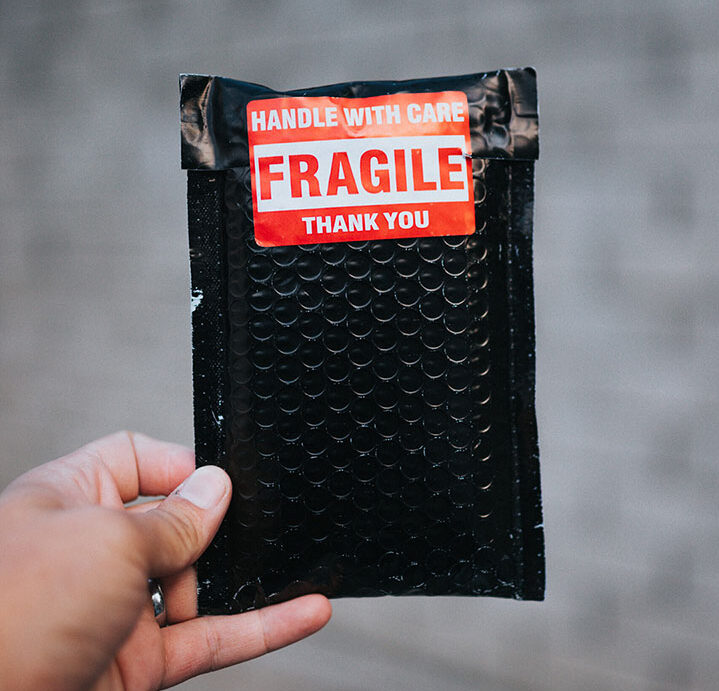
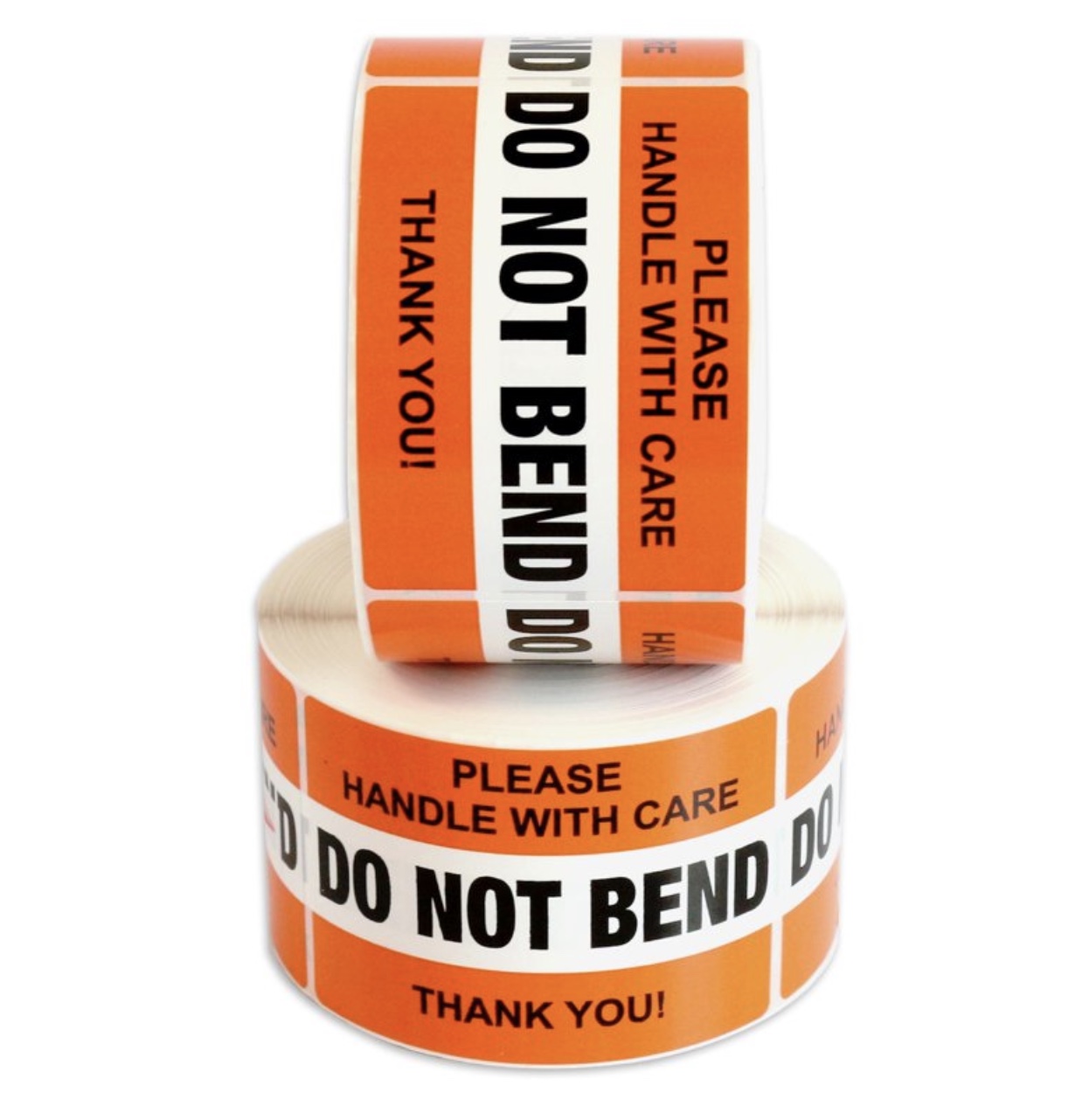
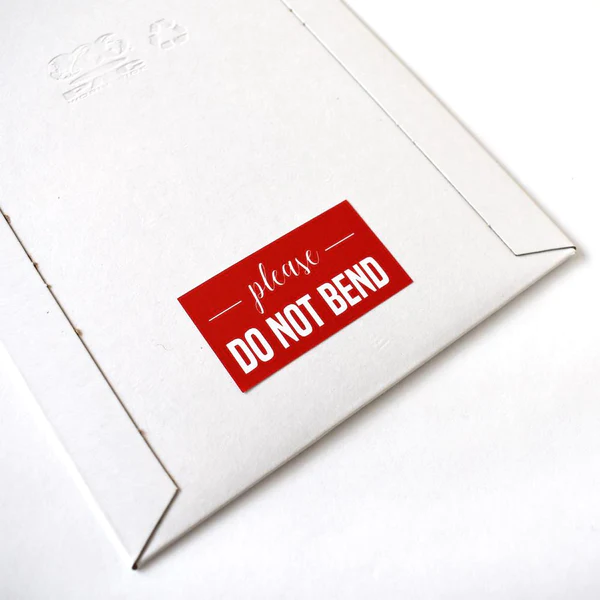
Shipping Finished Giclée Canvases
When shipping finished (stretched) giclée canvas, we highly recommend taking care to pack it with soft packing around the face and sides of the print. We find bubble wrap to do the best job. The problem is that the giclée canvas prints are delicate. Any pressure on the face will leave a dent, and the corners and sides ding easily. All that being said, once they are hanging in their final destination they are quite durable and will last a lifetime. But care should be taken in getting them to their final destination.
- Protect the front from having pressure applied to it.
- Protect the corners from being dinged and scratched with Picture Frame Corner Protectors.
- Be careful of tape! Tape is handy for packing, but stray strips of tape around giclée prints are a hazard.

